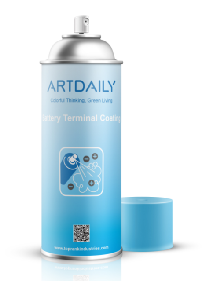When we are exposed to noise, we must protect our hearing. What is noise? It should be said that everything is annoying and irritating. The sounds that people do not want to listen to are buzzing. . Noise is a kind of sound, which is also caused by the vibration of an object. Measuring the sound of whether or not there is damage to our human ears has two means: frequency and strength. The frequency is the number of vibrations of the sound waves in one second. It is expressed in Hertz (Hz). We can understand the frequency as the tone. When the frequency is high, the sound will be sharp, the frequency low, and the sound will be thick. The intensity of the sound. It is expressed in points (dB) and represents the pressure or strength of the sound waves. In daily life, we understand it as the volume, some soft, some noisy. When the frequency or intensity of sound is high enough, it becomes a noise that is harmful to us. The intensity of the harm of noise to our body also depends on other factors, such as the length of time exposed to a noisy environment. The longer the exposure, the greater the harm. The type of noise is continuous, fluctuating, or pulsed noise; the distance from the sound source, the closer to the sound source, the greater the harm; Everyone's sensitivity to noise and hearing impairments such as infection or inflammation in the ear. In order to better address how sound damages our hearing system and health, we understand the structure of the ear and how we hear sound. The human ear is a very important and delicate organ that transforms sound waves into nerve impulses and transmits them to the brain, which is understood by us. In the auditory system, we have found that fluff or cerumen in the ear canal can help people's ear dust and other dirt; but there is no own mechanism to prevent noise, which is also important for us to pay attention to the use of ear protectors. The structure of the auditory system can be divided into three major parts: 1 The outer ear: including the ear, ear canal and tympanic membrane. The outer ear collects the sound waves and transmits the sound waves to the tympanic membrane. When the tympanic membrane comes into contact with the sound waves, it vibrates and transmits the movement to the middle ear. 2 The middle ear; including three very fine ossicles, the vibration of the tympanic membrane will cause the three ossicles to interact and transmit the vibration to another membrane to connect the tympanum. 3 inner ear: composed of semicircular canal and cochlea. The cochlea is filled with liquids and arranged with hearing cells, as well as cilia. When connected to the tympanic cavity, the liquid in the cochlea transmits vibrations to the auditory cells and stimulates the auditory nerves. It can transmit nerve impulses to the brain, where these nerve impulses are converted into sounds so that we can hear sounds. Throughout the auditory system, the voice can damage the cochlea when the auditory cells. Please note that once the auditory cells are damaged, they cannot be restored. In general, the number of hearing cells in the cochlea is about 40,000 at birth. With the effects of acquired diseases, including diseases, injuries, drugs, and affected by snoring, the number of hearing cells will continue to decrease. China Labor Insurance Network
TR' Electrical Protective Series provide a durable coating which protects and prolongs the project life.
Electrical Protecive Coating,Conformal Coating,Protective Coatings,Pet Electric Protective Coating Ding Wei Paint Technology. CO,ltd , http://www.toprankchemical.com
